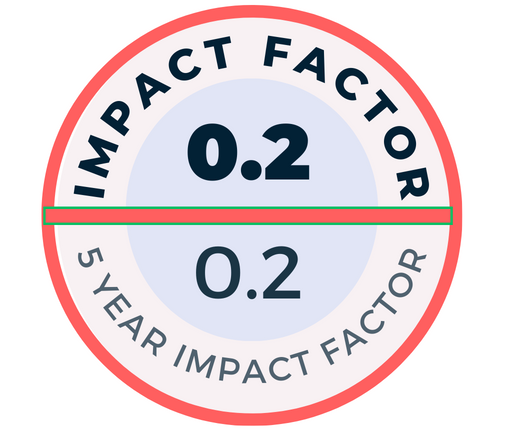OBJECTIVE: A number of studies report CXCL-16 as a new chemokine that mediates the collection of leukocytes and adhesion of macrophages to coronary artery smooth muscle cells, and stimulates atherosclerosis. However, there is a limited number of studies evaluating the levels of CXCL-16 in patients with Chronic Kidney Disease (CKD). We aimed to determine the serum level of CXCL-16 in patients with CKD and to clarify the relationship between CXCL-16 and hsCRP and glomerular filtration.
MATERIAL and METHODS: Two hundred and twenty two patients with CKD were included in the study. The patients were divided into 3 groups according to the glomerular filtration rate (GFR) in accordance with the K/DOQI guideline. Patients with primary glomerulonephritis or tubulointerstitial nephritis, heart failure, or hepatic disease, patients who used immunosuppressive or cytotoxic drugs and renin-angiotensin system blockers were excluded from the study.
RESULTS: There was a positive correlation between the grade of renal failure and CXCL-16 levels and a negative correlation between the GFR and CXCL-16 levels ( p<0.001).There was a positive correlation between CXCL-16 and hsCRP ( p <0.001). Decreased GFR, increased PTH and hsCRP levels, and the presence of DM and HT were associated with serum CXCL-16 elevation on multiple regression analysis.
CONCLUSION: The results indicated that decreased GFR levels were associated with increased hsCRP and CXCL-16 levels in chronic kidney disease.

.png)



.png)
